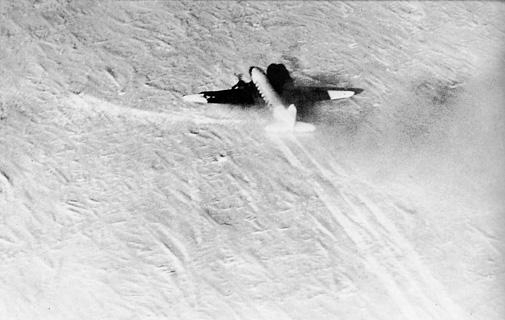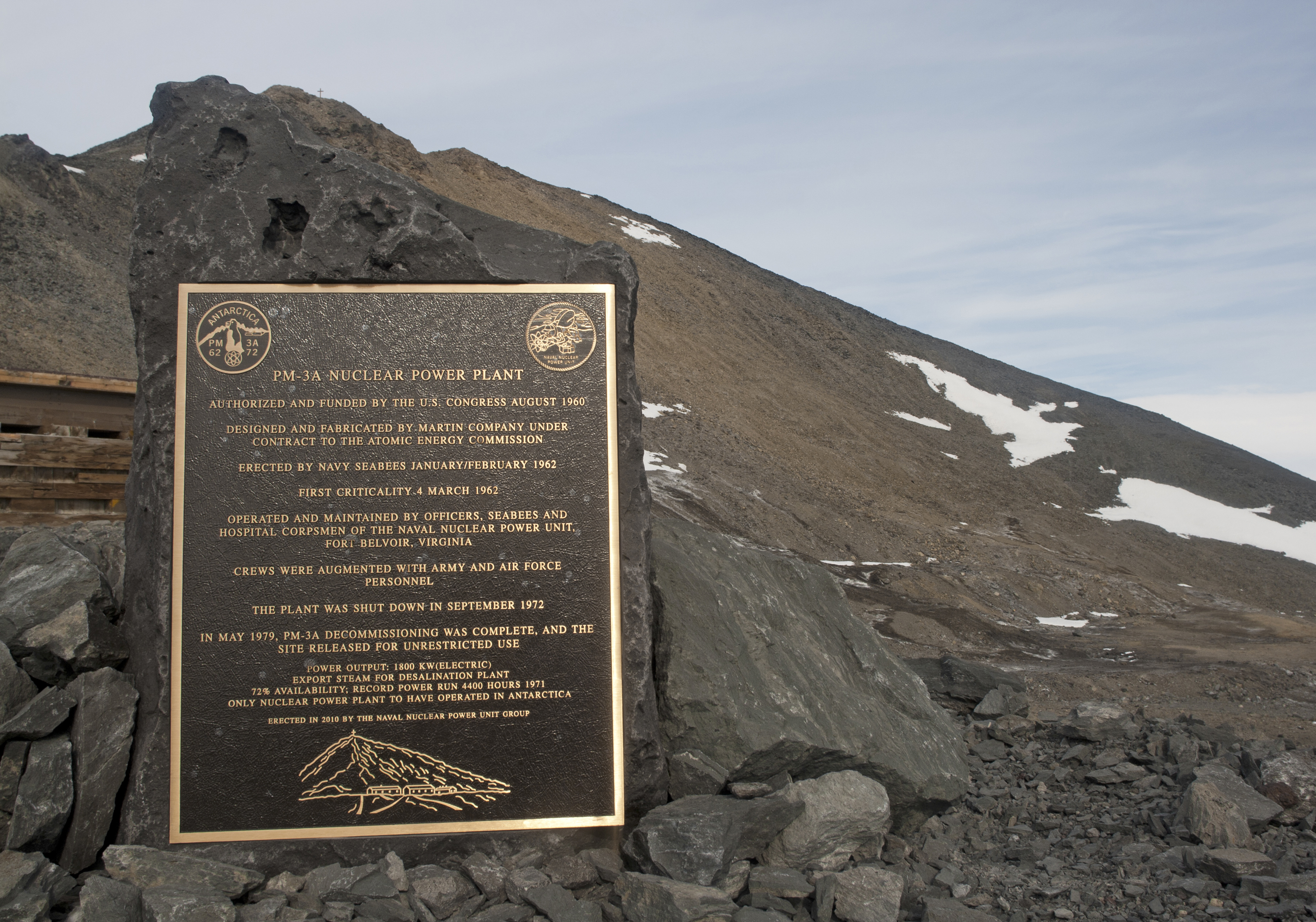|
Mount Moxley
Mount Moxley () is a peak in the Royal Society Range, surmounting the divide between Potter and Wirdnam Glaciers. Mapped by United States Geological Survey (USGS) from ground surveys and Navy air photos. Named by Advisory Committee on Antarctic Names (US-ACAN) in 1963 for Lieutenant (jg) Donald F. Moxley, U.S. Navy, Otter and helicopter pilot with Squadron VX-6 at McMurdo Station McMurdo Station is a United States Antarctic research station on the south tip of Ross Island, which is in the New Zealand-claimed Ross Dependency on the shore of McMurdo Sound in Antarctica. It is operated by the United States through the Unit ... in 1960. Mountains of Victoria Land Scott Coast {{ScottCoast-geo-stub ... [...More Info...] [...Related Items...] OR: [Wikipedia] [Google] [Baidu] |
Summit (topography)
A summit is a point on a surface that is higher in elevation than all points immediately adjacent to it. The topographic terms acme, apex, peak (mountain peak), and zenith are synonymous. The term (mountain top) is generally used only for a mountain peak that is located at some distance from the nearest point of higher elevation. For example, a big, massive rock next to the main summit of a mountain is not considered a summit. Summits near a higher peak, with some prominence or isolation, but not reaching a certain cutoff value for the quantities, are often considered ''subsummits'' (or ''subpeaks'') of the higher peak, and are considered part of the same mountain. A pyramidal peak is an exaggerated form produced by ice erosion of a mountain top. Summit may also refer to the highest point along a line, trail, or route. The highest summit in the world is Mount Everest with a height of above sea level. The first official ascent was made by Tenzing Norgay and Sir Edmund Hillary ... [...More Info...] [...Related Items...] OR: [Wikipedia] [Google] [Baidu] |
Royal Society Range
The Royal Society Range () is a mountain range in Victoria Land, Antarctica. With its summit at , the massive Mount Lister forms the highest point in this range. Mount Lister is located along the western shore of McMurdo Sound between the Koettlitz, Skelton and Ferrar glaciers. Other notable local terrain features include Allison Glacier, which descends from the west slopes of the Royal Society Range into Skelton Glacier. Discovery and naming The range was probably first seen by Captain James Clark Ross in 1841. The range was explored by the British National Antarctic Expedition (BrNAE) under Robert Falcon Scott, who named the range after the Royal Society and applied names of its members to many of its peaks. For example, Mount Lister was named for Lord Joseph Lister, President of the Royal Society, 1895–1900. The Royal Society provided financial support to the expedition and its members had assisted on the committee which organized the expedition. Geology The Royal S ... [...More Info...] [...Related Items...] OR: [Wikipedia] [Google] [Baidu] |
United States Geological Survey
The United States Geological Survey (USGS), formerly simply known as the Geological Survey, is a scientific agency of the United States government. The scientists of the USGS study the landscape of the United States, its natural resources, and the natural hazards that threaten it. The organization's work spans the disciplines of biology, geography, geology, and hydrology. The USGS is a fact-finding research organization with no regulatory responsibility. The agency was founded on March 3, 1879. The USGS is a bureau of the United States Department of the Interior; it is that department's sole scientific agency. The USGS employs approximately 8,670 people and is headquartered in Reston, Virginia. The USGS also has major offices near Lakewood, Colorado, at the Denver Federal Center, and Menlo Park, California. The current motto of the USGS, in use since August 1997, is "science for a changing world". The agency's previous slogan, adopted on the occasion of its hundredt ... [...More Info...] [...Related Items...] OR: [Wikipedia] [Google] [Baidu] |
Advisory Committee On Antarctic Names
The Advisory Committee on Antarctic Names (ACAN or US-ACAN) is an advisory committee of the United States Board on Geographic Names responsible for recommending commemorative names for features in Antarctica. History The committee was established in 1943 as the Special Committee on Antarctic Names (SCAN). It became the Advisory Committee on Antarctic Names in 1947. Fred G. Alberts was Secretary of the Committee from 1949 to 1980. By 1959, a structured nomenclature was reached, allowing for further exploration, structured mapping of the region and a unique naming system. A 1990 ACAN gazeeter of Antarctica listed 16,000 names. Description The United States does not recognise territorial boundaries within Antarctica, so ACAN assigns names to features anywhere within the continent, in consultation with other national nomenclature bodies where appropriate, as defined by the Antarctic Treaty System. The research and staff support for the ACAN is provided by the United States Geologi ... [...More Info...] [...Related Items...] OR: [Wikipedia] [Google] [Baidu] |
Donald F
Donald is a masculine given name derived from the Gaelic name ''Dòmhnall''.. This comes from the Proto-Celtic *''Dumno-ualos'' ("world-ruler" or "world-wielder"). The final -''d'' in ''Donald'' is partly derived from a misinterpretation of the Gaelic pronunciation by English speakers, and partly associated with the spelling of similar-sounding Germanic names, such as ''Ronald''. A short form of ''Donald'' is ''Don''. Pet forms of ''Donald'' include ''Donnie'' and ''Donny''. The feminine given name ''Donella'' is derived from ''Donald''. ''Donald'' has cognates in other Celtic languages: Modern Irish ''Dónal'' (anglicised as ''Donal'' and ''Donall'');. Scottish Gaelic ''Dòmhnall'', ''Domhnull'' and ''Dòmhnull''; Welsh '' Dyfnwal'' and Cumbric ''Dumnagual''. Although the feminine given name ''Donna'' is sometimes used as a feminine form of ''Donald'', the names are not etymologically related. Variations Kings and noblemen Domnall or Domhnall is the name of many ancie ... [...More Info...] [...Related Items...] OR: [Wikipedia] [Google] [Baidu] |
VX-6
Air Development Squadron Six (VX-6 or AIRDEVRON SIX, commonly referred to by its nickname, "puckered penguins") was a United States Navy Air Development Squadron based at McMurdo Station, Antarctica. Established at Naval Air Station Patuxent River, Maryland on 17 January 1955, the squadron's mission was to conduct operations in support of Operation Deep Freeze, the operational component of the United States Antarctic Program. Using the tail code ''XD'', the squadron flew numerous fixed-wing aircraft and helicopters over the course of its existence—many of which were pioneering endeavors. For example, the first air link between Antarctica and New Zealand was established by men and aircraft of VX-6 in 1955. The following year, a ski-equipped R4D Dakota of VX-6 became the first aircraft to land at the South Pole. In 1961, the first emergency midwinter medical evacuation flight was conducted from Byrd Station to Christchurch. In 1963, an LC-130F Hercules of VX-6 made the longest ... [...More Info...] [...Related Items...] OR: [Wikipedia] [Google] [Baidu] |
McMurdo Station
McMurdo Station is a United States Antarctic research station on the south tip of Ross Island, which is in the New Zealand-claimed Ross Dependency on the shore of McMurdo Sound in Antarctica. It is operated by the United States through the United States Antarctic Program (USAP), a branch of the National Science Foundation. The station is the largest community in Antarctica, capable of supporting up to 1,258 residents, and serves as one of three year-round United States Antarctic science facilities. All personnel and cargo going to or coming from Amundsen–Scott South Pole Station first pass through McMurdo. By road, McMurdo is 3 kilometres (1.9 mi) from New Zealand's smaller Scott Base. History The station takes its name from its geographic location on McMurdo Sound, named after Lieutenant Archibald McMurdo of . The ''Terror'', commanded by Irish explorer Francis Crozier, along with expedition flagship ''Erebus'' under command of James Clark Ross, first charted the area ... [...More Info...] [...Related Items...] OR: [Wikipedia] [Google] [Baidu] |
Mountains Of Victoria Land
A mountain is an elevated portion of the Earth's crust, generally with steep sides that show significant exposed bedrock. Although definitions vary, a mountain may differ from a plateau in having a limited summit area, and is usually higher than a hill, typically rising at least 300 metres (1,000 feet) above the surrounding land. A few mountains are isolated summits, but most occur in mountain ranges. Mountains are formed through tectonic forces, erosion, or volcanism, which act on time scales of up to tens of millions of years. Once mountain building ceases, mountains are slowly leveled through the action of weathering, through slumping and other forms of mass wasting, as well as through erosion by rivers and glaciers. High elevations on mountains produce colder climates than at sea level at similar latitude. These colder climates strongly affect the ecosystems of mountains: different elevations have different plants and animals. Because of the less hospitable terrain and ... [...More Info...] [...Related Items...] OR: [Wikipedia] [Google] [Baidu] |





